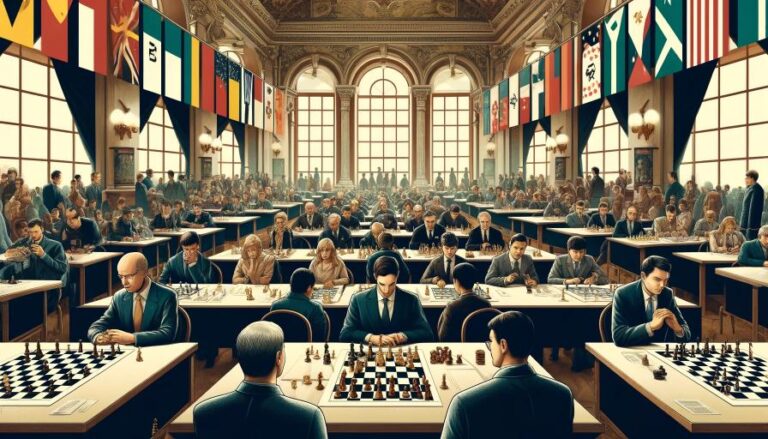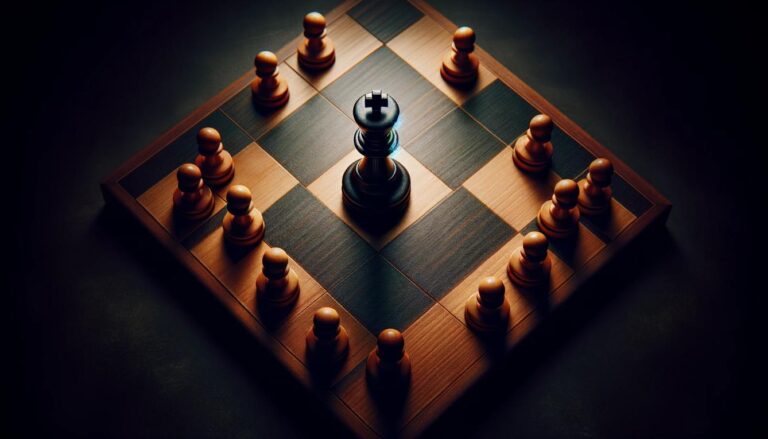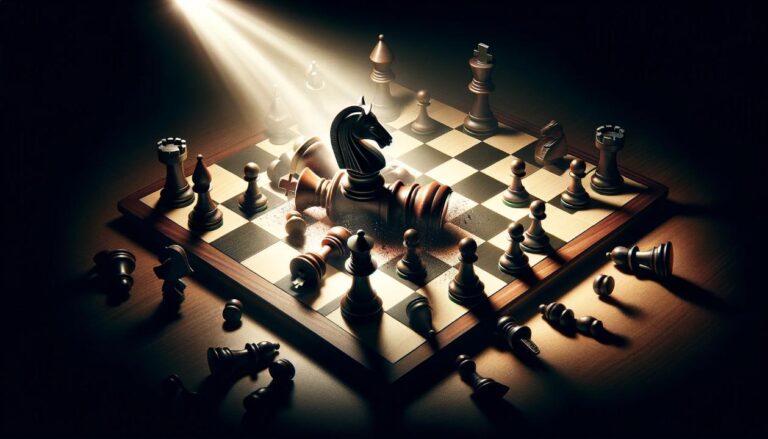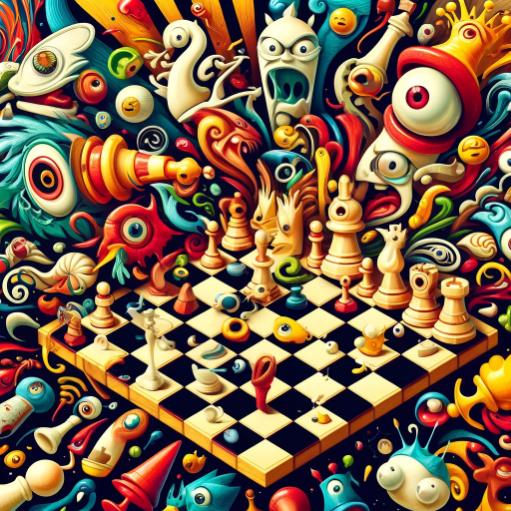Chess, often considered a battle of wits and strategy, requires not just an understanding of the rules but a masterful plan to outmaneuver your opponent. Developing a winning strategy in chess is about combining tactics with long-term planning, foreseeing your opponent’s moves, and systematically placing your pieces to control the game. This article will explore essential aspects of creating a strategic plan in chess, from opening moves to mid-game tactics and final endgame strategies.
Understanding Chess Strategy
Chess strategy involves setting and achieving long-term positioning advantages during the game. While tactics involve short-term calculations to snatch pieces or deliver checkmate, strategy focuses on the bigger picture.
Key Elements of Chess Strategy
- Control of the center: Dominating the central squares (d4, d5, e4, e5) allows more mobility for your pieces and can restrict your opponent’s options.
- Piece development: Efficiently developing your pieces to active squares where they have optimal scope and potential for impact.
- King safety: Ensuring the king is safeguarded, typically through castling, to avoid sudden checks and threats.
The Role of Pawn Structures
The configuration of pawns can greatly influence the flow and outcome of the game. Pawn structures dictate the strengths and weaknesses of both your own positions and those of your opponent. Effective pawn play can create open lines for rooks and queens, establish strongholds for knights and bishops, and pave the way to advancing your position in the endgame.
Opening Principles
A good opening lays the foundation for a successful strategy. Here are some fundamental principles to follow:
- Develop your pieces quickly: Do not waste time on unnecessary pawn moves.
- Control the center: Place pawns and pieces such that they influence the central squares.
- King safety: Aim to castle early to protect your king and connect your rooks.
Choosing the Right Opening
The choice of opening can pre-determine the nature of the game. Whether you prefer open positions with lots of tactical opportunities or closed structures where maneuvering plays a key role, select an opening that complements your overall strategy and style of play.
Mid-Game Strategy
The middle game begins once the kings are safe and most pieces are developed. This phase is crucial for implementing your strategic plans and requires dynamic adjustment to changing conditions on the board.
Exploiting Weaknesses
Identify weaknesses in your opponent’s position—such as isolated, doubled, or backward pawns—and target them. Use your pieces collectively to exert pressure on these vulnerable points.
Dynamic Piece Play
Keep your pieces active. Rooks should be placed on open or semi-open files, knights should be positioned in outposts, and bishops should control long diagonals. Managing space and mobility can often compensate for material deficit.
Endgame Fundamentals
In the endgame, the focus shifts to promoting pawns and maximizing the utility of the remaining pieces. The strategy often revolves around creating passed pawns and using your king actively.
Transitioning to the Endgame
Start considering the endgame during your mid-game planning. Simplifying the position by exchanging pieces can be beneficial if it leads to a favorable endgame. Make sure to activate your king; as the board clears, the king becomes a powerful piece.
Mastering Pawn Endgames
Understanding basic pawn endgames is essential. Learn key positions and concepts like the opposition, creating a passed pawn, and the principle of two weaknesses to outplay your opponent in king and pawn endings.
The Basics of Strategy in Chess
Strategy in chess is an essential aspect of the game that often separates the average players from the masters. While tactics involve short-term moves to gain an immediate advantage, strategy involves long-term planning and the development of a winning plan. It is the backbone of a successful chess game, and without it, players may find themselves making moves that are disconnected and lack purpose.
Another key aspect of strategy in chess is assessing the position. Players must constantly evaluate the position of their pieces and their opponent´s pieces to determine where the weaknesses lie and where the strengths can be maximized. This assessment should be done on both a micro and macro level, considering both immediate threats and potential long-term goals.
The Role of Artificial Intelligence in Strategy Development
As technology continues to advance, artificial intelligence (AI) has made its way into the world of chess. AI-powered chess engines have become incredibly powerful and can easily defeat even the best human players. While AI may seem like a threat to strategy development, it can actually be a valuable tool in honing one´s strategic skills.
Moreover, AI can assist players in identifying weaknesses in both their own and their opponent´s game. Through analyzing previous games, AI can pinpoint recurring mistakes and suggest improvements in strategy. This not only helps in developing a winning plan but also aids in improving overall gameplay.
Developing a Winning Plan in Chess
In order to develop a winning plan in chess, players must take into account the principles and concepts mentioned earlier. They must also understand their own playing style and capabilities. Some players may favor aggressive play, while others may excel in positional play. This understanding will help players tailor their strategy to their strengths and weaknesses.
Another important aspect is to constantly be aware of potential threats. This includes paying attention to the opponent´s pieces, their development, and their potential to launch a successful attack. By anticipating their moves, players can stay one step ahead and minimize the damage of any potential threats.
Key Takeaways
In conclusion, a successful game of chess requires a combination of tactical knowledge and strategic planning. Understanding the principles of strategy in chess, leveraging the power of AI, and developing a winning plan based on one´s strengths and weaknesses are all crucial aspects. By constantly analyzing and improving one´s game, players can continue to develop and evolve their strategies and ultimately achieve success in the game of chess.
Conclusion
Developing a winning strategy in chess demands a blend of tactical skills and strategic foresight. Each phase of the game — opening, middle, and endgame — requires specific approaches and adjustments based on the evolving board positions. By adhering to fundamental principles, actively improving your piece placement, and continuously assessing both your and your opponent’s strengths and weaknesses, you can steer the game in your favor. Always remember, a robust strategy in chess mirrors life’s challenges: plan thoughtfully, adapt swiftly, and execute decisively.






